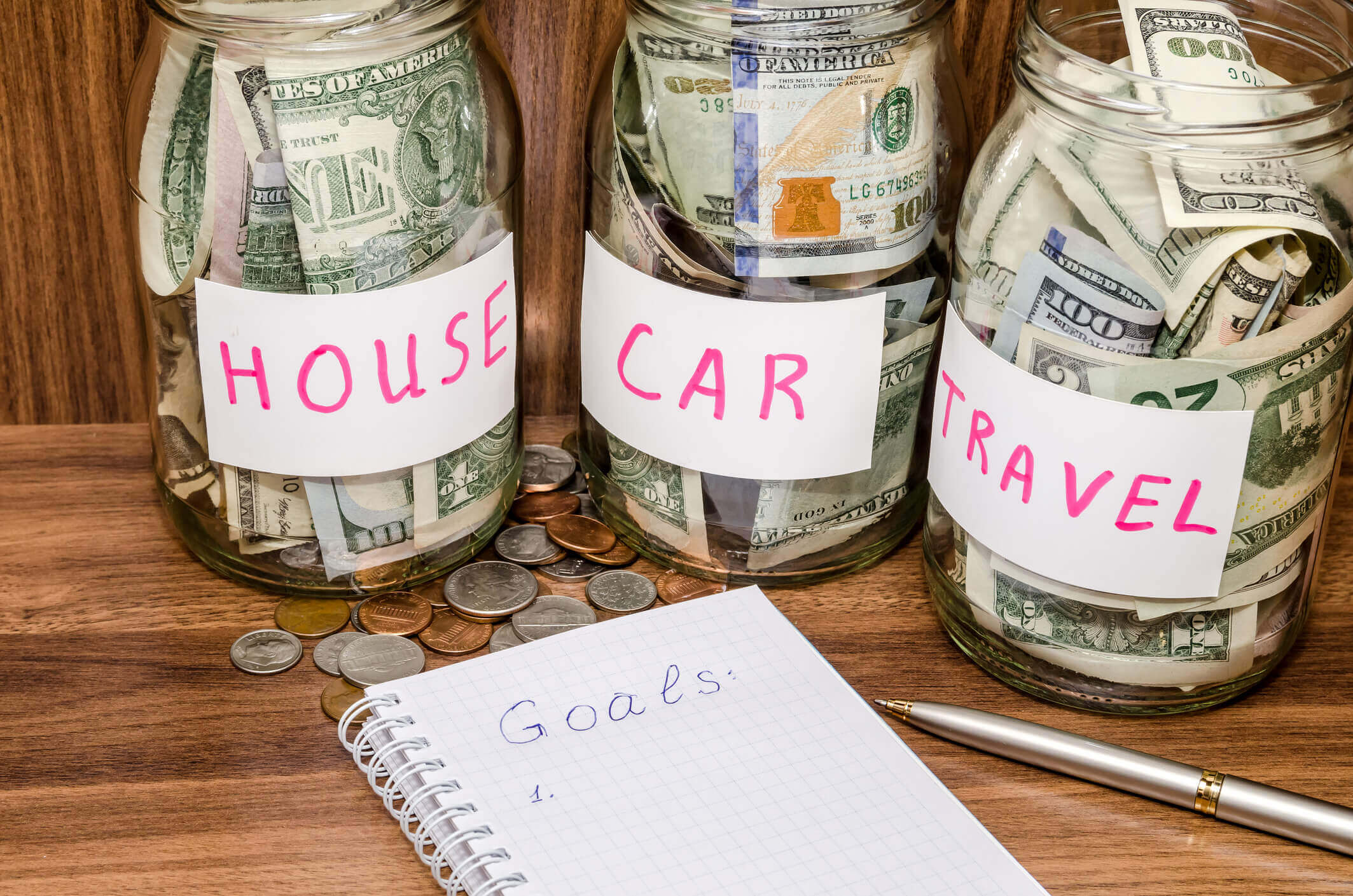Prescription medications are necessary for a lot of people, but they are often very expensive. Fortunately, there are several ways to save money on prescriptions without compromising your health. Here are some ways to reduce your prescription medication costs.
1. Go generic
One of the most effective ways to save on prescription costs is to opt for generic medications whenever you have the option. Generic drugs are equivalent to their brand-name counterparts in terms of safety and effectiveness but are usually a lot more affordable. Ask your healthcare provider if there’s a generic alternative available for your prescription.
2. Prescription discount programs
Many pharmacies and retailers offer prescription discount programs that can reduce the cost of your medications quite a bit. These programs may be free or sometimes cost a small annual fee. Check with your local pharmacy or search online for discount programs in your area.
3. Compare prices
Prescription drug prices can vary a lot between different pharmacies and even between different locations of the same chain. Use online tools and apps to compare prices at various pharmacies and find the most cost-effective option for your medications.
4. Mail order pharmacies
Consider using a mail-order pharmacy for medications you take regularly. Mail-order pharmacies often provide discounts for ordering medications in bulk, which can lead to substantial savings over time. You’ll want to be careful though, and make sure the pharmacy you’re ordering from is legit. An easy way to do this is by looking up the pharmacy’s website at Verify Before You Buy.
5. Manufacturer assistance programs
Many pharmaceutical companies have patient assistance programs that provide free or reduced-cost medications to individuals who meet certain income requirements. Check the manufacturer’s website or contact them directly to inquire about available assistance programs.
6. Prescription coupons and rebates
Look for prescription coupons and rebates offered by drug manufacturers or pharmacy chains. These coupons can help you save on specific medications or even offer discounts on your entire prescription purchase.
7. Pill splitting
If it’s okay with your healthcare provider (ask them first, of course!), consider pill splitting. Some medications are available in higher dosages, which can be split into smaller doses with the same effectiveness. This lets you get more doses for the price of one prescription.
8. Medicare and medicaid benefits
If you’re eligible for Medicare or Medicaid, check out the prescription drug coverage options available through these programs. They may cover a significant portion of your medication costs, reducing your out-of-pocket expenses.
9. Talk to your healthcare provider
Open communication with your healthcare provider is essential. Discuss your concerns about prescription costs and ask if there are lower-cost alternatives or therapeutic equivalents that can be prescribed without compromising your health.
10. Health savings accounts (HSAs) and flexible spending accounts (FSAs)
If you have an HSA or FSA, you can use pre-tax dollars to pay for prescription medications. This can result in savings by reducing your taxable income.
11. Patient assistance foundations
Certain nonprofit organizations and foundations like Healthwell Foundation and PAN Foundation provide financial assistance to individuals struggling with the cost of prescription medications. These organizations may offer grants or other forms of assistance to help cover medication expenses.
The bottom line: how to save money on prescriptions
Saving money on prescriptions is possible with a combination of strategies. By exploring generic options, using prescription discount programs, comparing prices, and seeking assistance from manufacturer programs or patient assistance foundations, you can reduce the costs of your prescription medications. Always consult with your healthcare provider before making any changes to your medication regimen or trying alternative treatments.



